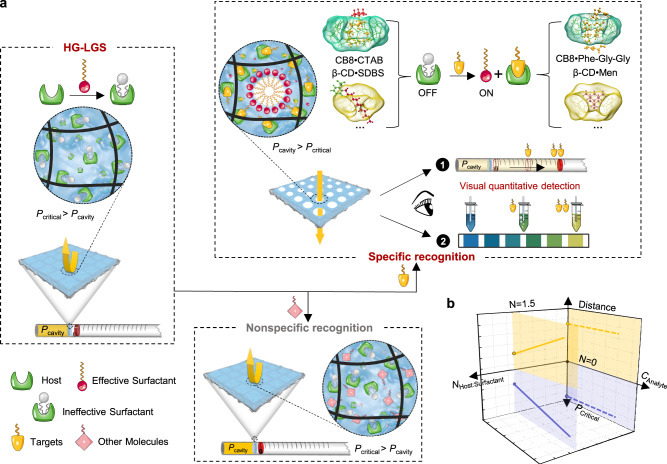Fig. 1. Host-guest liquid gating system (HG-LGS).
a Schematic of the HG-LGS for quantitative visual chemical detection. The gating liquid consists of a host-guest system with a macrocyclic-surfactant. Macrocyclic molecules modulate the gas-liquid interface property of the gating liquid by shielding the surfactant to form an inclusion complex, in which the hydrophobic part of the surfactant is inserted into the macrocyclic cavity. When the specific target molecules are in the gating liquid, the HG-LGS releases gas with the formation of the macrocyclic-target complex, pushing the marker forward in the thin tube. The higher the concentration of the target molecule, the farther the marker moves. The concentration of target molecule can be visually quantified by reading the movement distance of the marker or observing the color change of indicator solution. The system does not respond to nonspecific molecules. b Relationships among the movement distance of the marker, the transmembrane critical pressure (PCritical) of the gas in the HG-LGS, and the concentration of the target molecule (CAnalyts) in various macrocyclic: surfactant ratios (NHost:Surfactant).

